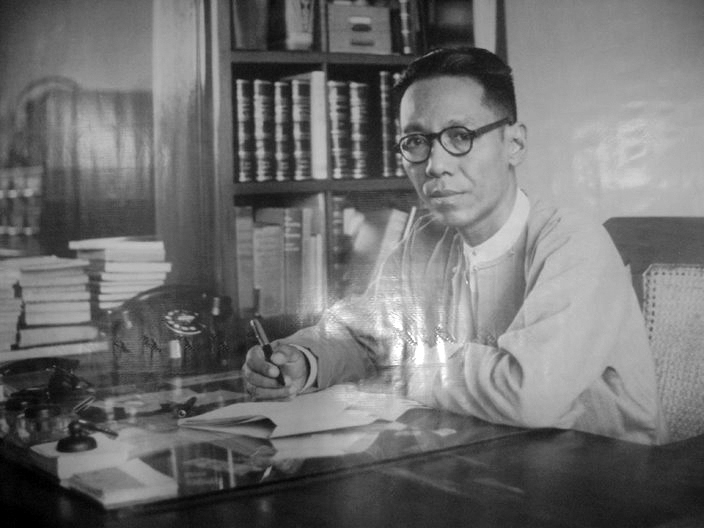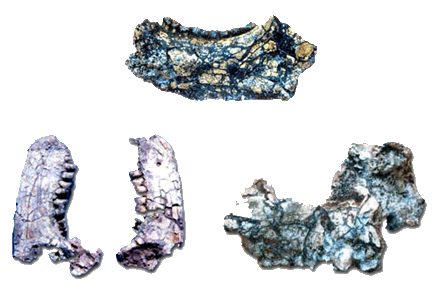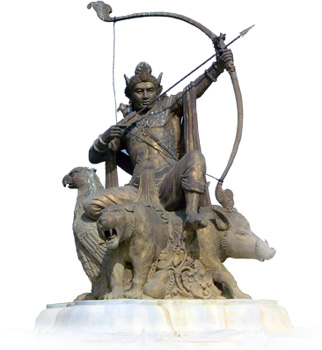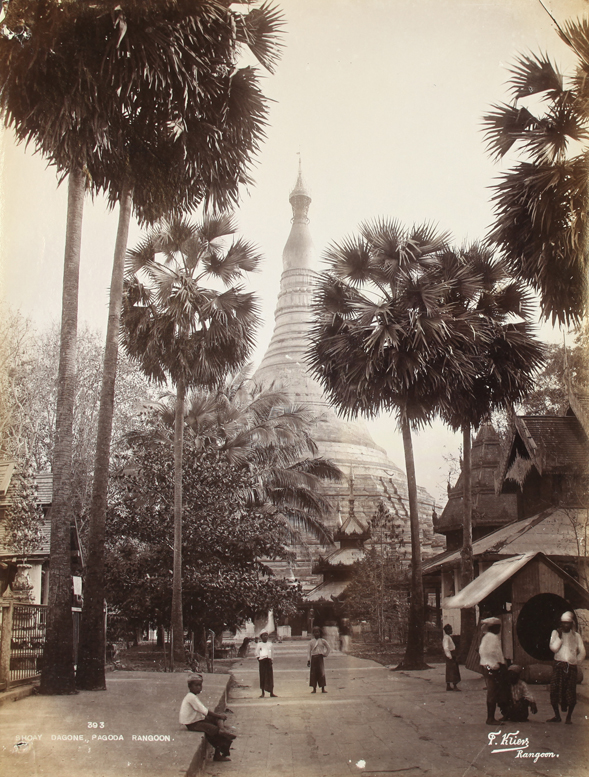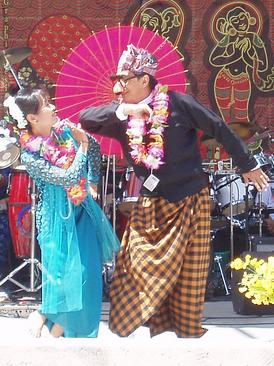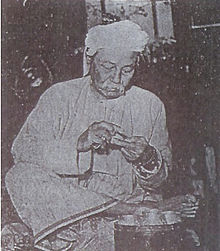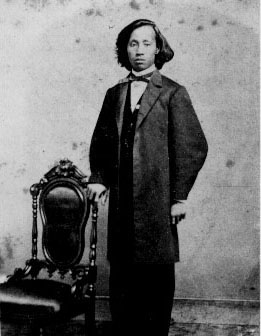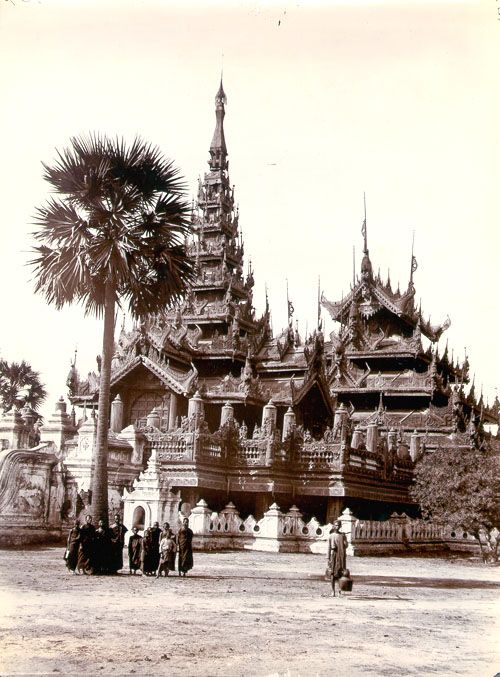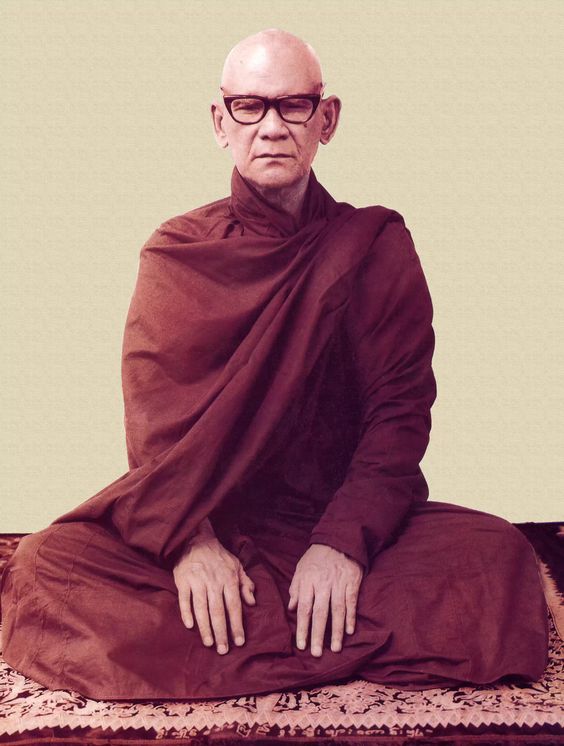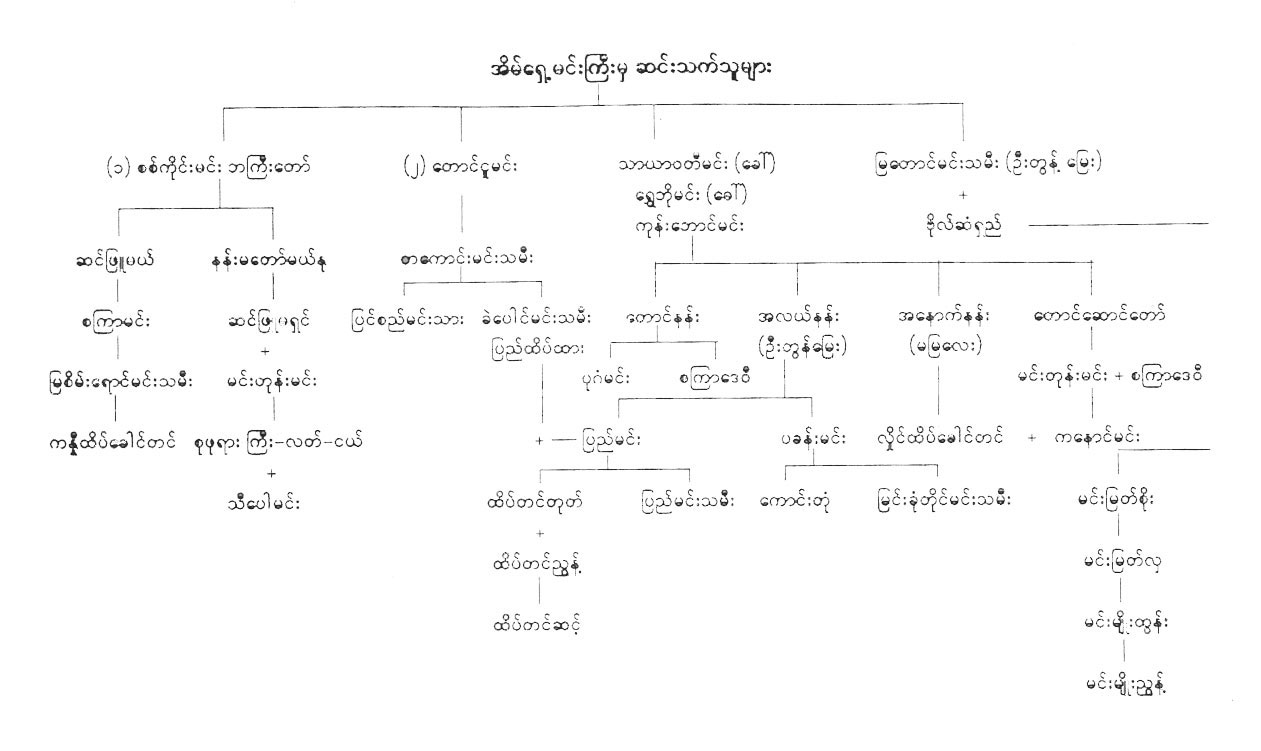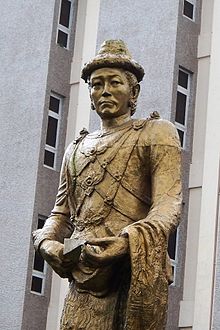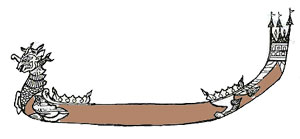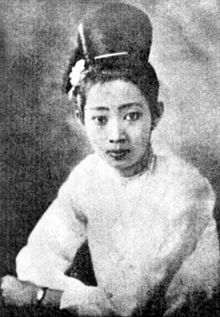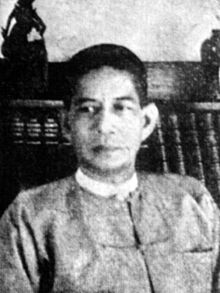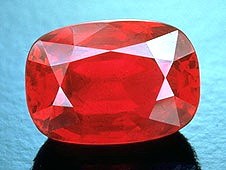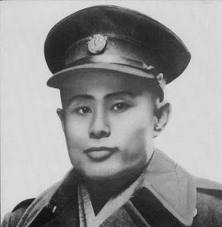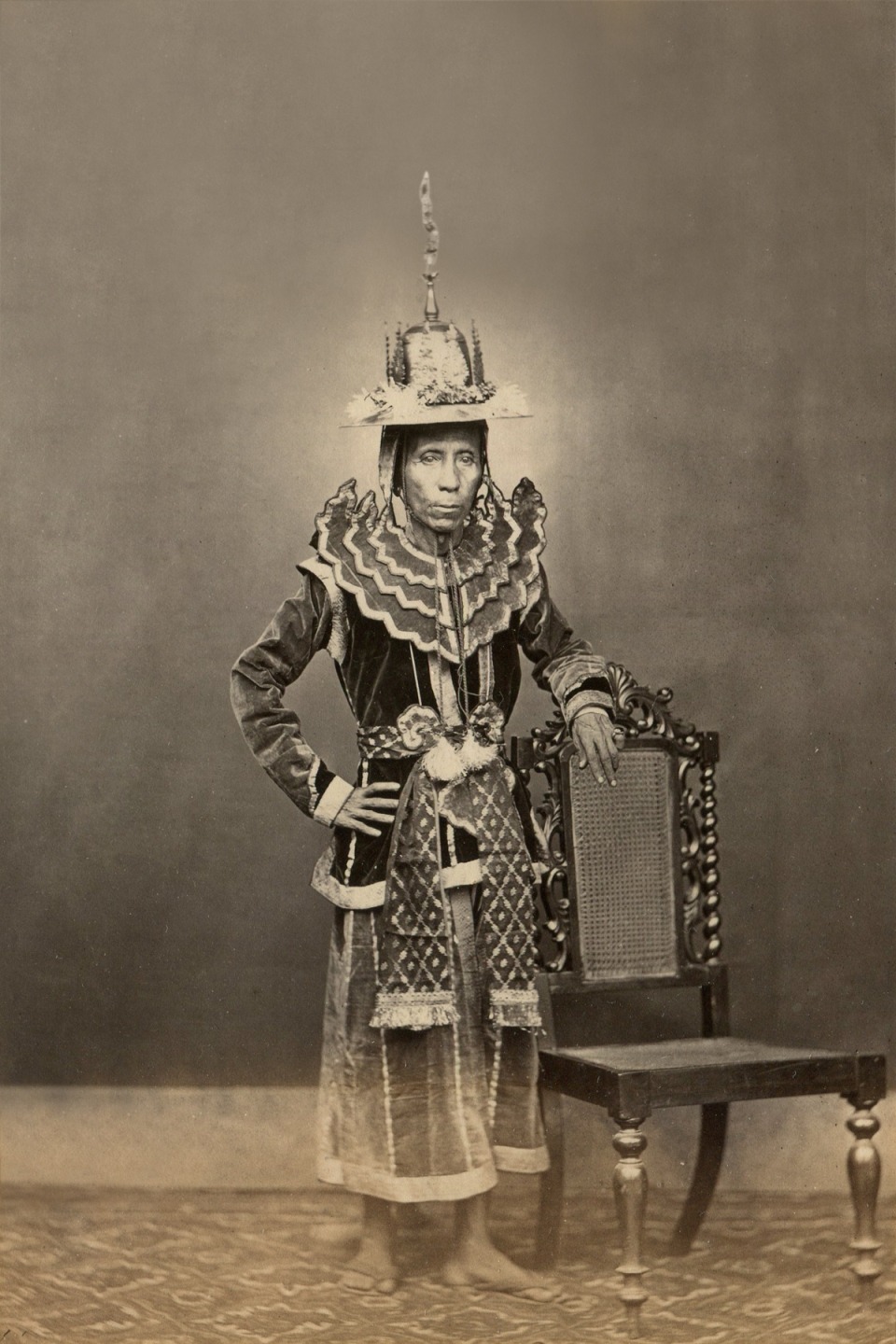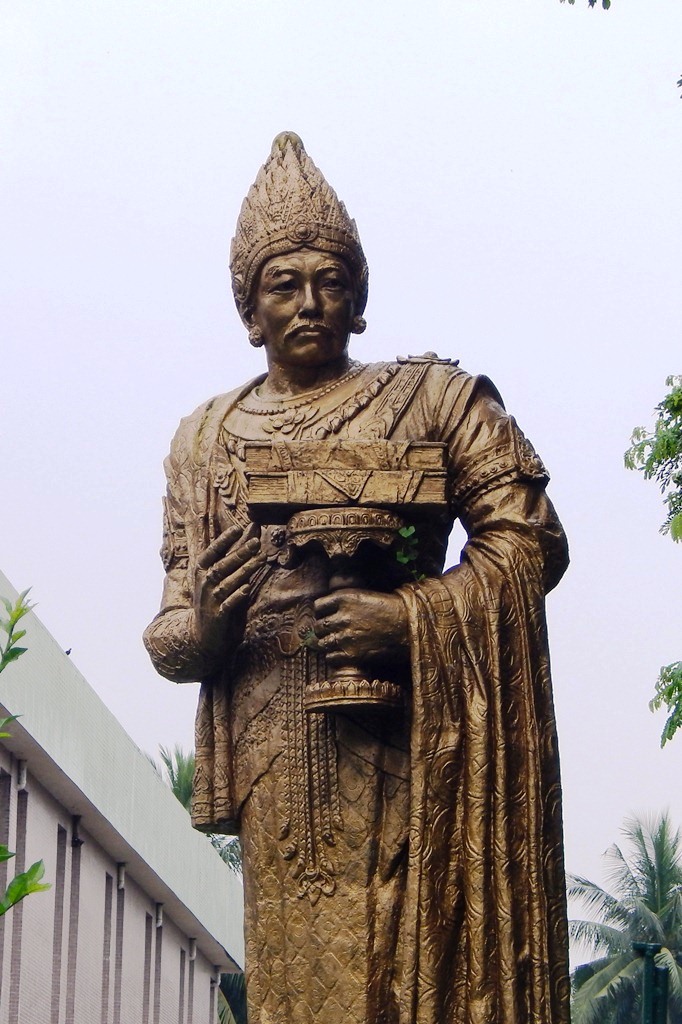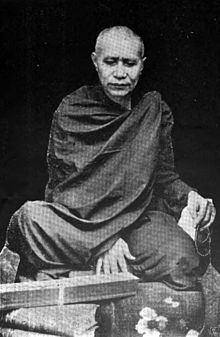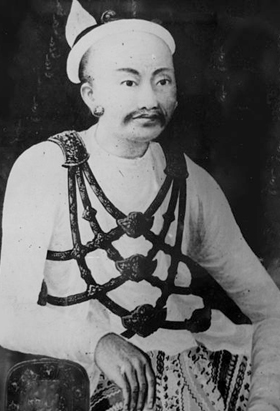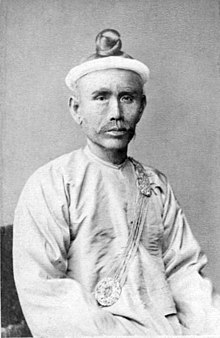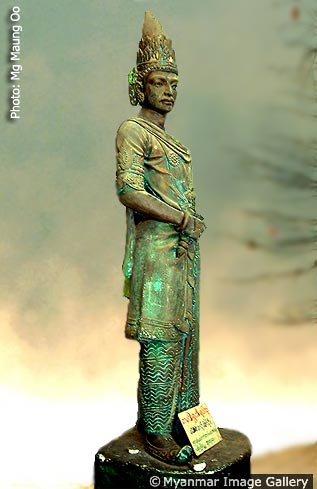Myanmar History
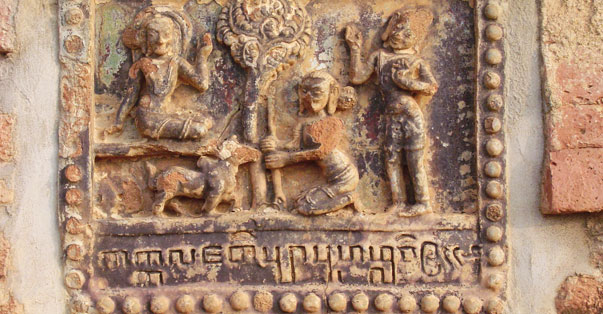
Myanmar has a long and complex history. Many peoples have lived in the region and the history began. The first identifiable civilization is that of the Mon. The Mon probably began migrating into the area in about 300 BC, and their first kingdom Suwarnabhumi, was founded around the port of Thaton in about 300 BC. The Pyu arrived in Myanmar in the 7th century and established city kingdoms at Binnaka, Mongamo, Sri Ksetra, and Halingyi. During this period, Myanmar was part of an overland trade route from China to India. By 849, the Burmans had founded a powerful kingdom centered on the city of Bagan and filled the void left by the Pyu. The kingdom grew in relative isolation until the reign of Anawrahta (1044 - 77) who successfully unified all of Myanmar by defeating the Mon city of Thaton in 1057.
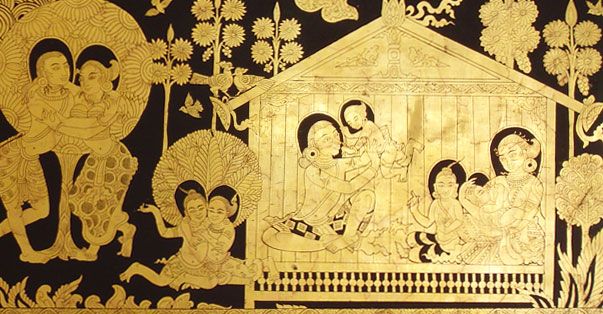
After the collapse of Bagan authority, Myanmar was divided once again. The Burmans had restablished themselves at the city of Ava by 1364, where Bagan culture was revived and a great age of Burmese literature ensued. The kingdom lacked easily defendable borders, however, and was overrun by the Shan in 1527. Surviors of the destruction of Inwa eventually established a new kingdom centered on Taungoo in 1531 led by Tabinshwehti (reigned 1531-50), who once again unified most of Myanmar. A popular Burmese leader named Alaungpaya drove the Bago forces out of northern Myanmar by 1753, and by 1759 he had once again conquered Pegu and southern Myanmar while also regaining control of Manipur. He established his capital at Rangoon, now known as Yangon. Myanmar was known to the West ever since western explorers had heard of it. Marko Polo was the earliest known westerner who discovered Myanmar and introduced to the West.
We have 389 guests and no members online
Photo credit - www.wikipedia.org
Min Thu Wun (Burmese: မင်းသုဝဏ်; 10 February 1909 – 15 August 2004) was a Burmese artist, essayist and researcher who propelled another age abstract development called Khit-San (Testing the Times) in Burma. He is the father of Htin Kyaw, leader of Myanmar since 2016.
1945 Japanese surrender to Allied forces in front of Convocation Hall (Rangoon, Burma).
Pondaung is a geographical region in Myanmar lying partly in the Sagaing and partly in Magway Divisions. It has become well known world wide due to the discovery of fossilized remains of anthropoid primate some years back by both Myanmar and foreign geologists. Teams of experts on the subject from the United States.
Photo Credit - www.goldentriangel.de
King Wareru (1287-1296) was famous king of Hanthawaddy (Hansavadi. or Bago). who ruled over the Mon people of Lower Myanmar. He was also called Magado or Chao Fa Rua. King Wareru was a Thai adventurer of humble origins who had married a daughter of King Ramkhamhaeng of Sukhothai and had established himself as overlord of Martaban on the Salween River in 1281.
Photo Credit - www.wikipedia.org
U Shwe Yoe's original name was U Ba Ga Lay. He was a pioneer famous Cartoonist. Actor. Comedian and Dancer. U Ba Ga Lay invented Myanmar's most famous Dance and Character known as U Shwe Yoe. He was born in 1893. Pathein. the delta region of Myanmar. His parents were U Pho Thi and Daw Thae Mhone. both were teachers of Pathein High School. He died in 1945 at the age of 52.
The First Myanmar Medical Doctor graduated in USA. Dr. M Shaw Loo has to be the first medical doctor from Myanmar. He was the son of U Shwe Thet and Daw Phwar. They descendants of Mon race and were Christians. It was the time when the First British-Myanmar war was going on. in 1824. Young Shaw Loo lived in Mawlamyine. Mon State with his parents.
General Maha Bandoola (1824-1826) was one of Myanmar's brave general who fought against the British in the First Anglo-Myanmar War. In 1819 Maha Bandoola served in the Myanmar army occupying Manipur. and two years later he commanded a second Myanmar force in the conquest of Assam. King Bagyidaw subsequently appointed him governor of Assam and minister at the court of Inwa.
Photo Credit - www.wikipedia.org
King Bodawpaya (1782-1819) was one of the greatest king of Myanmar. sixth monarch of the Alaungpaya. or Konbaung. dynasty. in whose reign (1782-1819) the long conflict began with the British.
Photo credit - www.wikipedia.org
Zawgyi (Burmese: ဇော်ဂျီ, conceived Thein Han (သိန်းဟန်, 12 April 1907 - 26 September 1990) was a recognized and driving Burmese artist, creator, abstract history specialist, commentator, researcher and scholastic.
Photo Credit - www.asnthanhan.com
This article was written in 1985. one hundred years after King Thibaw and Queen Supayar Latt were taken to India by the British.
General Aung San was born on 13 Feb 1915. Natmauk. Myanmar. Heaungsan was the Myanmar nationalist leader and assassinated hero who was instrumental in securing Myanmar's independence from Great Britain. Before World War II Aung San was actively anti-British; he then allied with the Japanese during World War II. but switched to the Allies before leading the Myanmar drive for autonomy.
Photo Credit - www.wikipedia.org
King Anawrahta (A.D. 1044-1077). also spelled ANIRUDDHA. the first king of all of Myanmar. (reigned 1044-77). who introduced his people to Theravada Buddhism. His capital at Bagan on the Ayeyarwaddy River became a prominent city of pagodas and temples. During his reign Anawrahta united the northern homeland of the Myanmar people with the Mon kingdoms of the south.
Photo Credit - www.wikipedia.org
The Taunggwin Sayadaw U Visuddha Silacaraha (တောင်ခွင်ဆရာတော် ဦးဝိသုဒ္ဓ သီလာစာရဟာ) was the last Buddhist friar to hold the workplace as Thathanabaing of Burma. The workplace was annulled after his demise in 1938 and no successor was ever named.
King Mindon (1853-1878) was the king of Myanmar from 1853 to 1878. His reign was notable both for its reforms and as a period of cultural flowering in the period before the imposition of complete colonial rule.
Photo Credit - www.wikipedia.org
Kawleikgyin Ne Win (Burmese: ကောလိပ်ဂျင်နေဝင်း, 1 October 1928 – 2 June 1983) was a two-time Burmese Academy Award winning Burmese film actor and director. Conceived Ne Win, he was given his well known moniker after his fruitful presentation film, Kawleikgyin (The Collegian), so as not to be mistaken for the late Burmese strongman of a similar name, Gen. Ne Win.
More in this section...
- Burma old villages 100 years ago
- Chief Minister Kinwun Mingyi & Delegation to Britain
- Chronology of Konbaung Period
- Curse of Bagan Temples
- Historical Events of Myanmar
- History of Myanmar
- Letter to U.S. President James Buchanan, 1857
- Mayan Civilization
- Myanmar Rulers : Kings, Queens, Presidents, and Prime Ministers
